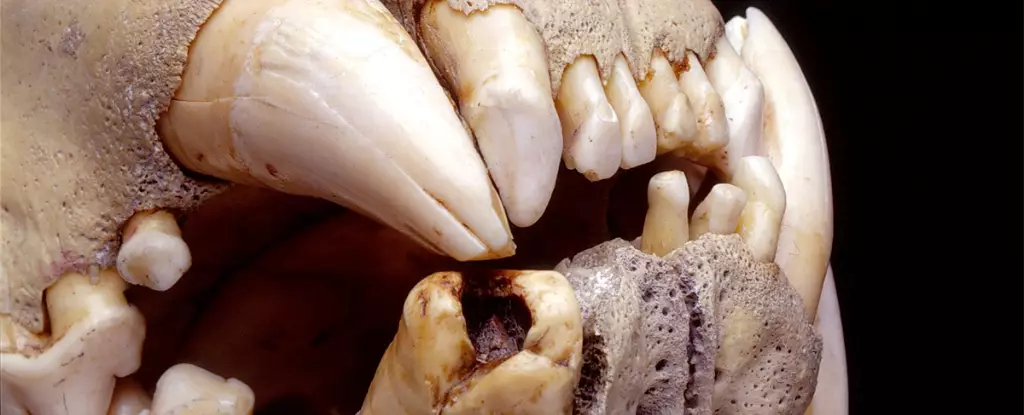The tale of the infamous Tsavo lions, which turned from majestic hunters into dread-filled man-eaters in the closing years of the 19th century, remains a captivating chapter in the interplay of human and wildlife dynamics. Examining the historical context, the peculiar behavior of these lions, and recent genetic research brings forth an intriguing narrative that stretches beyond mere horror stories, delving into the complexities of ecological balance, disease impact on wildlife, and human-safari encounters.
In 1898, the construction of a railway bridge over the Tsavo River heralded the arrival of thousands of workers, primarily from India, under the supervision of Lt. Col. John Henry Patterson. It was within this tumultuous setting that the lions began their notorious reign of fear. Initial reports of attacks were met with skepticism, particularly by Patterson, who could not fully grasp the malevolent turn of events as unexplainable disappearances ensued. The situation escalated dramatically when Patterson himself witnessed the ferocity of the lions, which left a significant mark on both the local workforce and the project timelines.
Trapped within the confines of their work camps and with lions displaying unprecedented boldness, the workers found themselves pitted against predation that seemingly defied the natural order. These attacks culminated in a systematic effort by Patterson and his team to eliminate the lions, but not without a significant toll—folklore suggests that the lions may have claimed the lives of up to 135 people, although more recent analyses suggest the figure was likely closer to a grim but far less excessive 30.
Decades after the final days of the Tsavo lions, an unexpected find during the examination of their remains would unveil new narratives. Researchers studied hair remnants found lodged within the teeth of these long-dead lions, utilizing advanced DNA sequencing techniques to discern both the physical and nutritional choices made by these predators. This forensic approach not only provides insights into their dietary patterns but also suggests potential factors leading to such atypical behavior.
Collaborating researchers from the United States and Kenya focused on mitochondrial DNA, a more abundant and stable form of genetic material found in hair. This analysis revealed that these man-eaters, likely consisting of two male lions—assumed to be brothers—had feasted on a range of prey, including giraffes, zebras, and even human beings. Surprisingly, the results also uncovered the unexpected presence of wildebeest DNA, prompting speculation on their behavioural shifts following the local extinction of other prey species like buffalo and cattle due to the scourge of rinderpest, a disease that ravaged ungulate populations.
The consideration that these lions might have turned to human prey as a last resort has profound ecological implications. It hints at a broader theme of predator-prey dynamics disrupted by disease and habitat changes, forcing lions into confronting human populations when traditional food sources became scarce.
The Tsavo lion narrative ultimately speaks to the fragile boundaries separating human civilization from wild nature. It underscores a common theme in wildlife interactions across the globe: as human encroachment into wild territories increases, the responses from wildlife can become more aggressive and unpredictable. Understanding the historical context of such encounters serves not only as an academic interest but as a vital lesson for managing human-wildlife coexistence today.
When examining the contemplation of responsible research methods on the human aspects of this historical tragedy, the researchers decided not to delve further into identifying the potential victims from the human hair samples due to ethical considerations. This determination reflects a growing sensitivity in ecological studies regarding the impacts of research on communities, especially where historical trauma is concerned.
In retrospect, the Tsavo lions illustrate a powerful narrative of survival, desperation, and the dire consequences of ecological disruption. Through modern genetic research, we not only gain insights into the past predatory practices of these lions but also a poignant reminder about humanity’s role in the landscape of nature. As we continue to navigate the complexities of environmental conservation and wildlife management, understanding historical case studies like that of the Tsavo lions enhances our awareness of biodiversity and the necessity for ongoing dialogue about coexistence in our rapidly changing world.


Leave a Reply